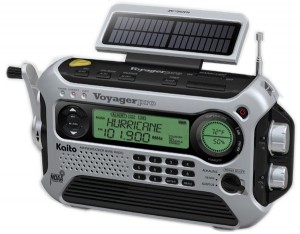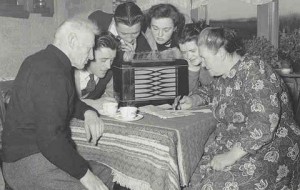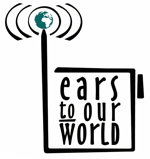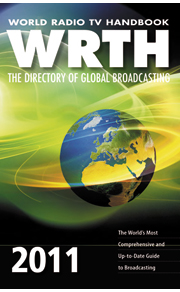Many of you reading the SWLing Post are not only passionate shortwave radio listeners, but also amateur radio operators. My love of shortwave radio listening eventually led me to obtain my ham radio license, and as a result, to learn about Morse code. I had always admired Morse code–a.k.a. CW (Continuous Wave)–as a mode of communication in the amateur radio world.
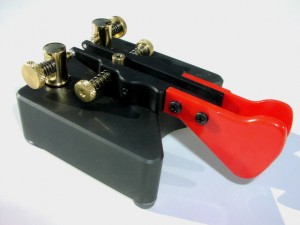
The Italian, hand-crafted Begali Simplex is this author's way of sending code in style. (Photo courtesy: Begali)
Several years ago my passion for CW finally encouraged me to learn it, during which time I practiced it almost daily with my ham radio mentors. During the process of learning code, I went from struggling to hear the difference between “dits” and “dahs” to being able to distinguish letters, symbols, words and phrases. Today, we chat over the SW radio bands about all sorts of things–radios, the weather, our families–in Morse code, or what we like to call “the sacred language.” Indeed, it is sacred…in its simplicity and its efficacy. Morse code is more intelligible than voice-over long-distance radio transmission, because the receiver or radio operator only needs to distinguish between the short and long “dit” and “dah” sounds, truly form following function.
And speaking of function, Morse code used to have a vital role in our communications landscape. The following article, from the NY Times, sheds some light on a little maritime radio history. For a Night Each Year, the Airwaves Buzz With Morse Code
Morse code/CW frequencies–how to find morse code on the shortwaves
Don’t be fooled by the NY Times article’s title: the airwaves are always filled with the sounds of Morse code 24/7. Don’t believe me? Simply turn on the SSB (single-side band) mode on your portable shortwave receiver, then tune between the following frequencies:
1800-2000 kHz
3500-3600 kHz
7000-7200 kHz
10100-10150 kHz
14000-14150 kHz
18068-18110 kHz
21000-21200 kHz
24890-24930 kHz
28000-28300 kHz
This is by no means a comprehensive list of all frequencies where you’ll hear CW; rather, it represents the main amateur radio watering holes for CW/Morse code operations.
Want to learn Morse code? Check out this article on QRPer.com!
 (Source: WNYC)
(Source: WNYC)
